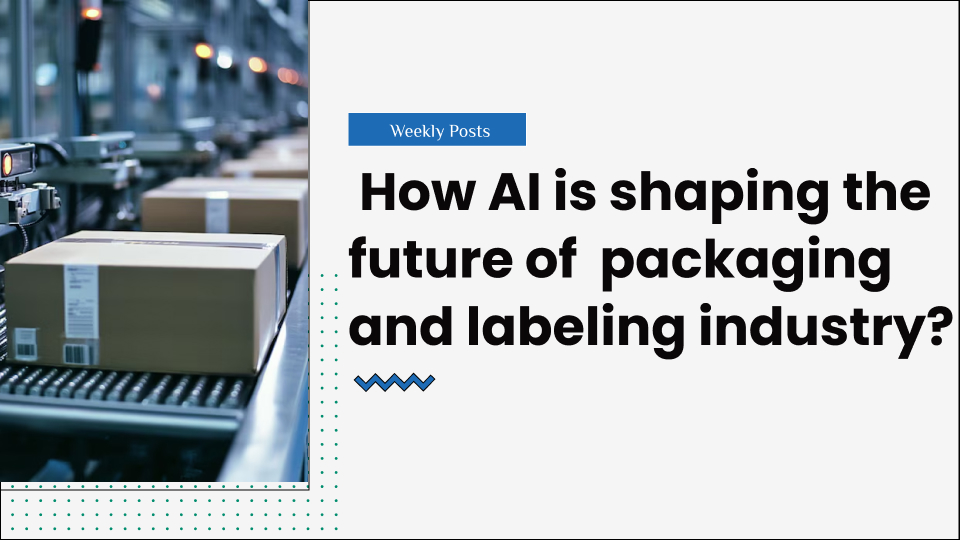If you think adopting AI (Artificial Intelligence) in your labeling and packaging operation is an option—think again. The AI in the packaging market is growing at a CAGR of 29.3%, and brand owners who fail to deploy this technology are putting their brands at risk.
At the recent Labelexpo Americas conference, Katie King, CEO of AI in Business, also emphasized the importance, saying
“AI is full of insights and automation; it’s this fourth Industrial Revolution, and we can’t stop it. We have to evolve and go through a change management process to keep track of our industry and competitors.”
The question now is not whether to adopt AI but, how to use it strategically to get the most of its capabilities!
Even the US government has accepted the shift and released the AI Labeling Act of 2023 for ethical and transparent practicing of AI in the industry.
This bill lays out guidelines for ethical practices and mandatory regulations in AI-led labeling and packaging operations.
So, if you’re a product manager, brand manager, or packaging compliance officer in the packaging and labeling sector, this guide is for you. We’re going to dig into three key aspects of AI in the industry:
- AI in packaging & labeling: What does AI in the packaging and labeling sector mean? How does that work?
- Use Cases: How AI is being adopted in different departments of this sector.
- Growth: How AI is expanding its reach across different corners of packaging and labeling.
- Key drivers: What factors are leading to rapid growth of AI here?
We assure you this guide is not just theory but has actionable tips, practical use cases, and a lot of eye-opening insights across the entire content piece. Read on to learn the latest industry news here.
Table of Contents
What is AI in packaging & labeling? And how does that work?
Like any other industry, AI in packaging and labeling is used to automate manual tasks, brainstorm creative ideas, and increase the efficiency of many aspects of product packaging and labeling processes.
This includes tasks such as
- Compliance check for labels
- Design optimization and generation
- Quality control and flag errors
- Supply chain and inventory management
- Smart packaging interaction and tracking
- Sustainable material selection and optimization
- Market trend analysis for packaging decisions
- Translation and localization for tapping into global markets
Let’s understand the workings of this concept with more specific use cases.
1. AI for label optimization
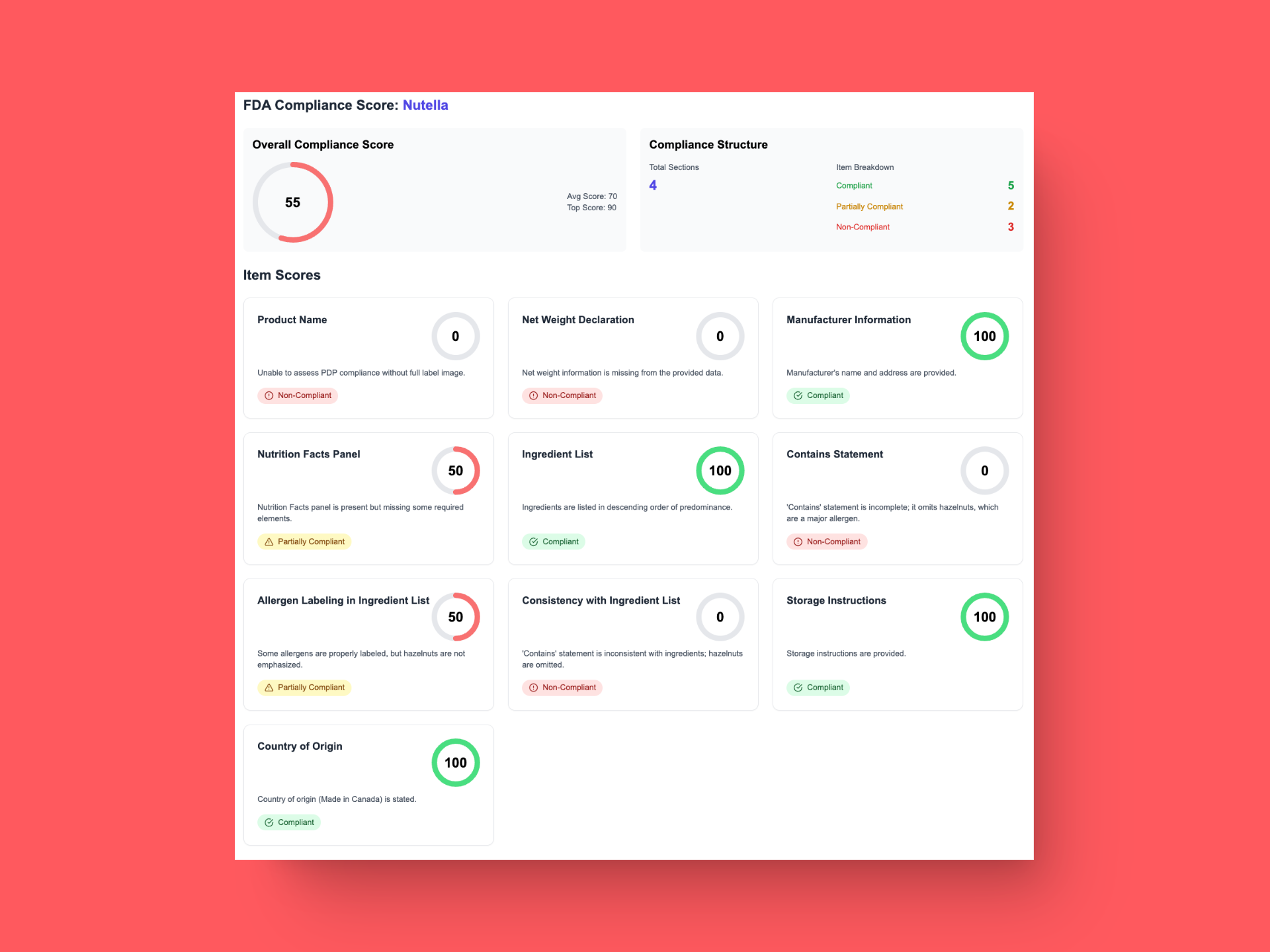
One minor label error can lead to millions worth of product recalls, penalties, or even worse, consumer deaths. We all learned this hard way— remember Orla Baxendale?
Exactly.
To make sure mistakes like Stew Leonard’s never repeat in the market, implementing AI in the label-proofing process is a must. Even if you have deployed the best label officers for proofreading there’s still a chance of 1-2% of human error in each label.
Research from NC State University shows that 25-50% of product recalls happen due to human errors, with the key reason being fatigue from repetitive proofreading tasks. This fatigue leads to lapses in attention to detail and unfocused reviews.
To combat this problem, many companies have started using AI tools like GoVisually’s Compliance AI for label detection.
This tool scans the label in under two minutes, offering 99.9% accuracy by running labels through multiple checks, including;
- Basic regulatory body requirements
- Flagging potential compliance issues, such as missing or incorrect items in the nutritional panel
- Providing compliance scores and tags—compliant, partially compliant, or non-compliant—by reviewing factors like storage instructions, manufacturer info, and trademark usage
While compliance AI tools like GoVisually are highly accurate, they are meant to be used as a tool to aid human expertise, not to replace them. As AI becomes more integrated into labeling processes, maintaining the right balance between technology and human oversight will lead to the best results for your brand.
“AI will serve as the next wave of automation. But it’s important to note we’re this technology is not driving us. Conversely, we need to set the parameters and ask the right questions to truly benefit from its capabilities.”
– Katie King, CEO of AI in Business
3. AI for rapid packaging design conceptualization
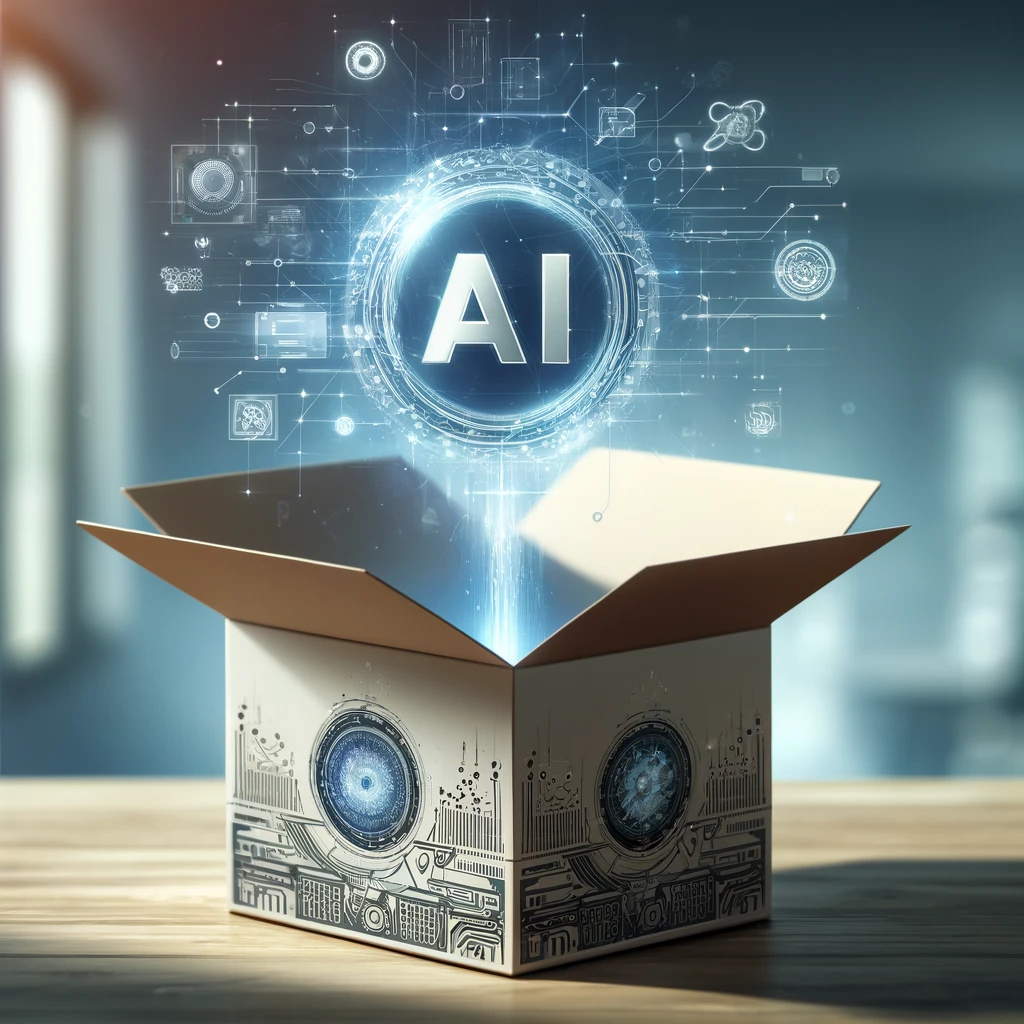
Packaging designers often face tight deadlines and demanding clients. And using traditional design processes can be time-consuming and costly, as it involves multiple iterations and back-and-forths with clients.
However, AI can streamline this process within seconds.
Imagine you’re a packaging designer working on a new product line for a major beverage company. The client wants to see multiple design concepts quickly, but your team is already stretched thin. This is where you can rely on AI tools like Midjourney.
With Midjourney, you can generate initial mockups in a fraction of the time it would take to create them manually.
Here’s how it works:
- Input detailed text descriptions of your packaging design ideas into Midjourney.
- The AI generates multiple visual concepts based on your descriptions.
- Present these AI-generated mockups to your client for quick feedback.
- Refine the chosen concepts further based on client input.
You can also use tools like ChatGPT to create effective prompts and then put them into Midjourney for better responses. By adopting AI in packaging design, you’re not just saving time but exploring wider creative possibilities, leading to more innovative solutions for clients.
As Evelio Mattos, creative director of packaging at IDP Direct, also explains, “I think being able to create different styles quickly that you can react to and that your client can react to is the superpower that AI has given you today.”
Source: Packaging Dive
3. Digital twins for optimized packaging line performance
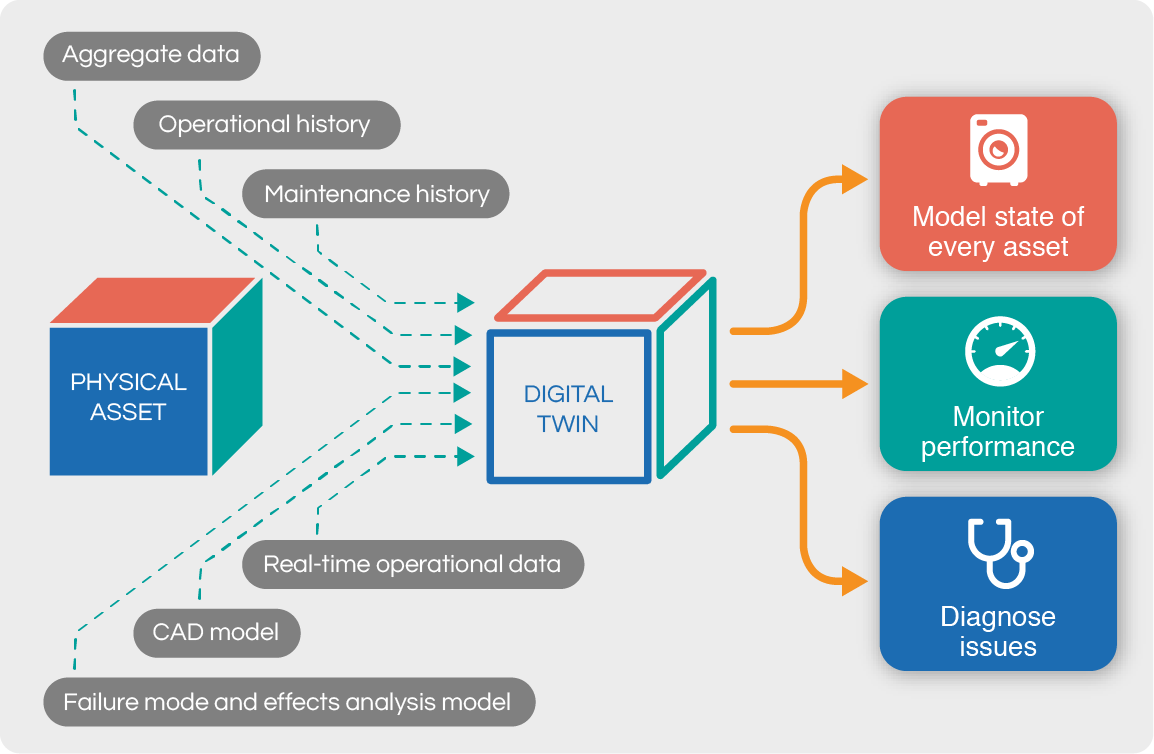
Packaging manufacturers often face inefficiencies in their production lines, resulting in increased downtime, quality issues, and higher costs. Traditional troubleshooting methods can be time-consuming and may not always identify the root causes of problems.
However, these challenges can be overcome by deploying digital twins to create an optimized packaging line performance. Digital Twin works on advanced technologies like
- Internet of Things (IoT)—creates a connection between physical products and their digital counterpart.
- Artificial Intelligence (AI)—analyzes the data from the digital twin to predict issues, improve decision-making, and optimize performance.
- Cloud Computing—provides the computational power to store, process, and analyze vast amounts of data, ensuring real-time synchronization and insights.
Here’s how it works:
- Virtual modeling: Create an exact digital replica of your packaging line, including all machinery, processes, and environmental factors.
- Real-time monitoring: Sensors on physical equipment continuously feed data to the digital twin, allowing for real-time visualization of the entire production process.
- Predictive maintenance: The digital twin can predict equipment failure based on patterns in the data, enabling preemptive maintenance and reducing downtime.
- Process optimization: Use digital simulations to identify bottlenecks and optimize production flow without disrupting actual operations.
- Quality control: Use the digital twin to track product quality in real time, identifying factors that can lead to defects. These findings can be used to refine the product.
- Training and onboarding: Utilize the digital twin as a safe, cost-effective training environment for new operators to learn and practice without risking actual equipment or materials.
- Sustainability improvements: Model and test eco-friendly packaging materials or energy-efficient processes in the digital environment before implementing them in the physical world.
By following this approach, product manufacturers can improve operational efficiency, reduce waste, enhance product quality, and drive innovation for the brand.
How is AI growing in the labeling and packaging industry?
The purpose of this section is to help you understand the scope of AI in packaging and labeling, so that you can make informed decisions for your brand.

Let’s start by dissecting the basic stats to see how AI has grown and is continuing in the packaging market!
AI in the packaging market is experiencing rapid growth with a CAGR of 29.3%. The market is projected to see a surge from US$ 1,790.8 million in 2024 to US$ 23,415.2 million by 2034.
| Attributes | Key Insights |
| Base Value (2024) | US $1,790.8 million |
| Expected AI in Packaging Market Value by 2034 | US $23,415.2 million |
| Value-based CAGR (2024-2034) | 29.3% |
Source: FMI (Future Market Insights)
Regional Adoption of AI in packaging and labeling industry
AI adoption in packaging is global, with emerging markets showing particularly high growth rates. India leads with a projected 39.6% CAGR, followed by Japan (33.8%), and others. Here’s list of top 5 countries adopting AI in packaging industry;
| Countries | Value-based CAGR (2024-2034) |
| India | 39.6% |
| Japan | 33.8% |
| China | 31.6% |
| Canada | 32.3% |
| United States | 25.9% |
What are the key factors driving the massive growth of AI in packaging and labeling sector?
Even though it’s been only a few years since AI actually tapped into the market, it’s growing at a massive CAGR of 29.3%. One of the latest Emergen Report predicts it will grow from US$ 1,790.8 million in 2024 to US$ 23,415.2 million by 2034.
Wondering what’s leading to this growth? Let’s discuss.
1. Rapid growth of e-commerce sector

The e-commerce industry is the only industry that has seen rapid growth even in pandemics and is projected to reach a market size of $45.72$ by 2032. That’s why it is also one of the leading adopters of AI; from personalized product recommendations and customer service to smart logistics and forecasting sales/demand, eCommerce has an AI use case for each operation.
As eCommerce becomes more crowded, making personalized and appealing product packaging is the most convenient way to stand out in the market. And AI is the way to do it in the fastest and most efficient way.
AI-driven tools allow brands to analyze consumer data and trends, enabling the creation of packaging designs that resonate with target audiences, improve brand recall, and ultimately drive sales. Additionally, AI also facilitates sustainable packaging solutions by optimizing materials, appealing to eco-conscious consumers who value both aesthetics and environmental impact.
That’s why eCommerce is the leading factor of AI growth in the packaging space.
2. AI and IoT (Internet of Things) improving packaging machinery
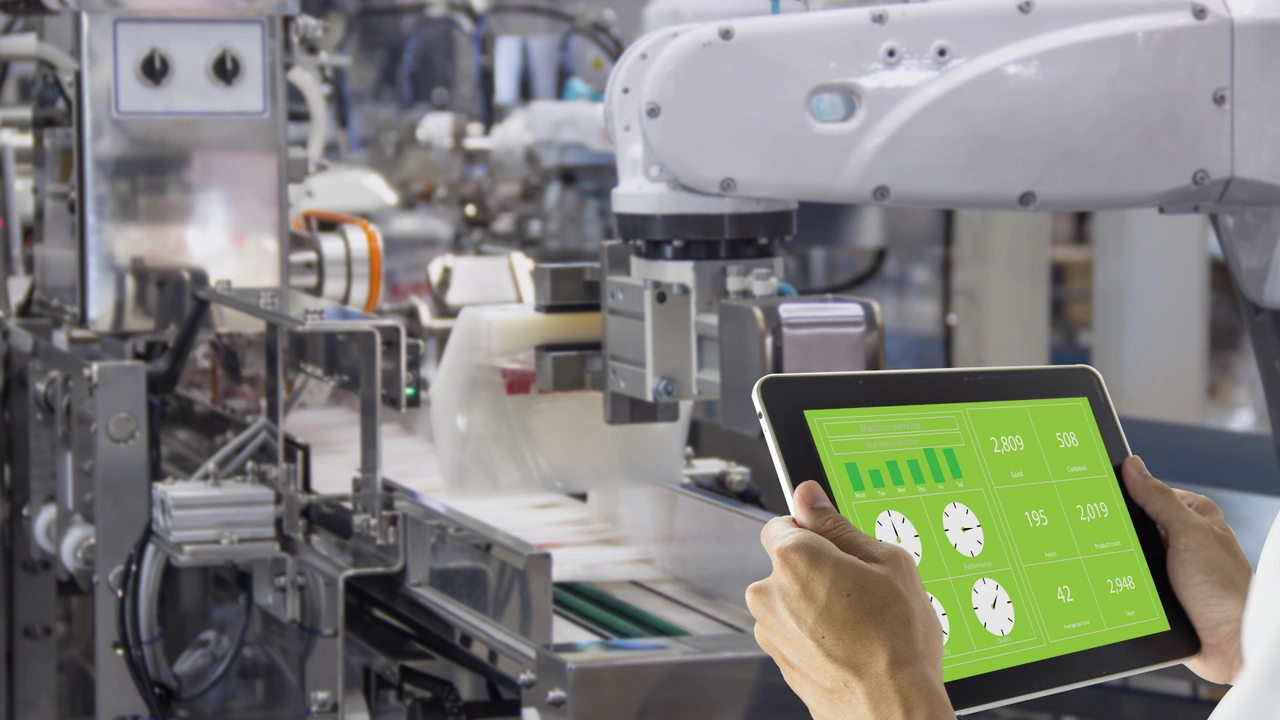
Industrial IoT is another major driver of AI growth in the packaging sector. Research from GlobalData highlights the importance of IoT technology to enhance packaging efficiency.
As GlobalData Analyst Luke Gowland says, “Companies in all sectors are increasingly looking to digitize their supply chains and make faster and better-informed decisions based on the data collected, fully integrating interconnected technologies like IoT, AI, cloud, and edge computing through the entire packaging value chain represents a significant opportunity.“
This integration of technologies is not just a trend; it’s a real opportunity for the packaging industry.
By connecting packaging machinery to a network, IoT enables real-time monitoring and data exchange, creating a more efficient, coordinated production line. Machines can communicate with each other and central systems, allowing professionals to track equipment performance remotely. It leads to faster issue detection and smarter decision-making.
AI enhances IoT by processing the collected data, providing insights that boost predictive maintenance, optimize operations, and support informed decisions. For example, IoT sensors monitor machinery health, while AI predicts maintenance needs, minimizing downtime and extending equipment life.
According to Yahoo, this integration also promotes sustainability. IoT tracks energy use in real-time, allowing tweaks to cut emissions, while AI designs packaging that minimizes materials without losing quality. Together, IoT and AI improve efficiency while addressing the growing demand for sustainable packaging solutions.
3. Constant demand for eco-friendly packaging
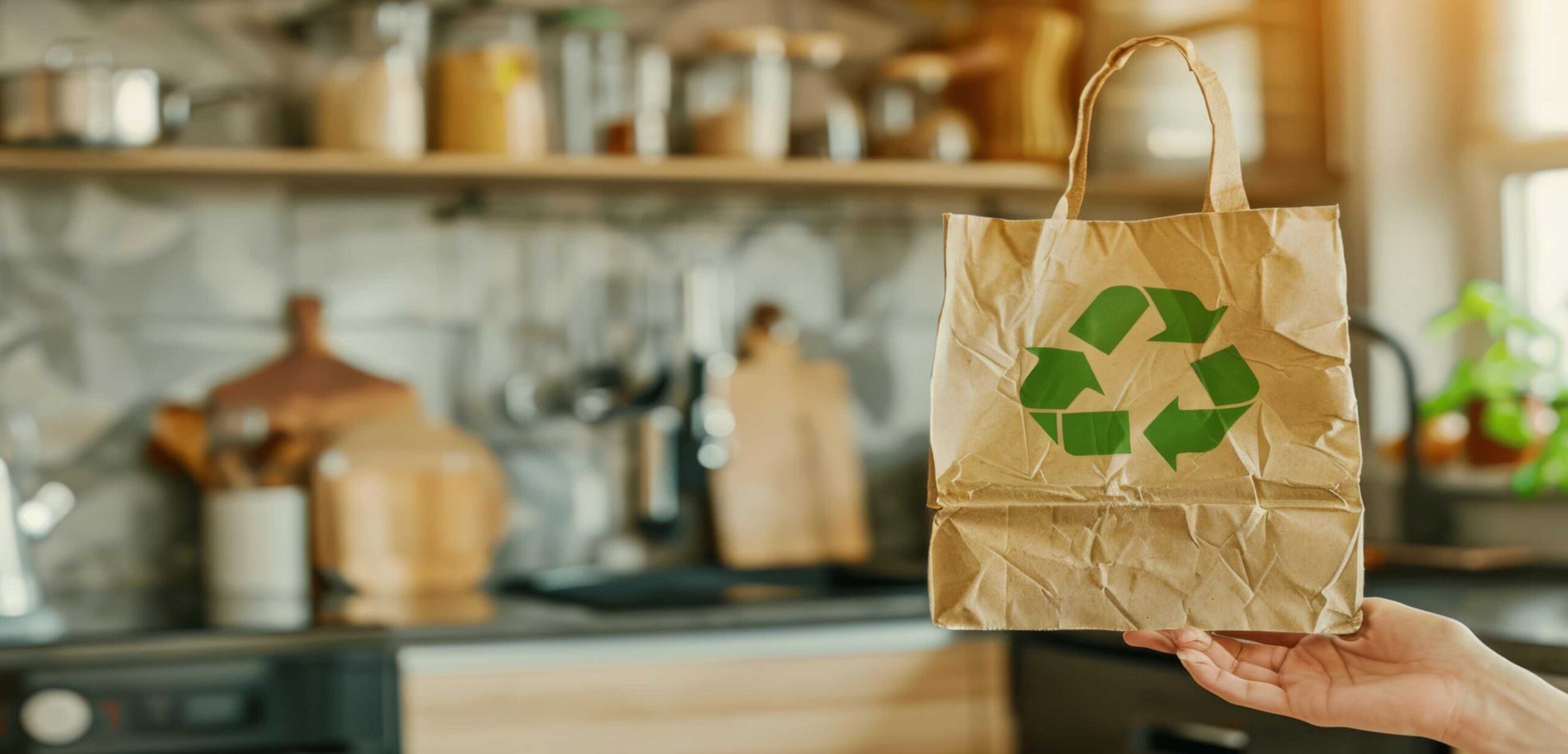
Look at the market size of sustainable packaging – it’s growing constantly. A major driver of this growth is increasing consumer awareness and concern about environmental impact.
| Report Attribute | Details |
| Sustainable Packaging Market Size (2024) | US $285.3 billion |
| Anticipated Market Value (2034) | US $490.5 billion |
| Projected Growth Rate (2024-2034) | 5.8% CAGR |
Source: Future Marketing Insights
Thanks to social media and environmental activists, consumers are more environmentally conscious than ever before, actively seeking out products with sustainable packaging.
Consumers are increasingly choosing brands based on their commitment to sustainability, putting more pressure on companies to redesign their packaging with a focus on eco-friendliness.
In fact, according to the 2023 Buying Green Report, 82% of consumers are now willing to pay more for sustainable packaging.
AI can easily bridge the gap between consumer demands for sustainability and brands’ ability to deliver in a fast and cost-effective way. It addresses this growing need by:
- optimizing packaging designs for minimal material use
- predicting the environmental impact of different packaging options
- helping companies develop innovative, eco-friendly solutions
It also enables more efficient recycling processes and helps brands meet sustainability targets while maintaining product integrity.
Here are some specific AI feature use cases that support sustainable packaging:
- Material optimization algorithms that reduce waste
- Predictive modeling for life cycle assessment
- Computer vision for improved recycling sorting
- Machine learning for developing new, biodegradable materials
- AI-driven supply chain optimization to reduce carbon footprint
Found our research helpful?
This blog is written after extensive research and most of the information is already interlinked to the original source of information or statistic. So if you found this resource helpful for your brand, we encourage you to check out blogs for more such informative content.
